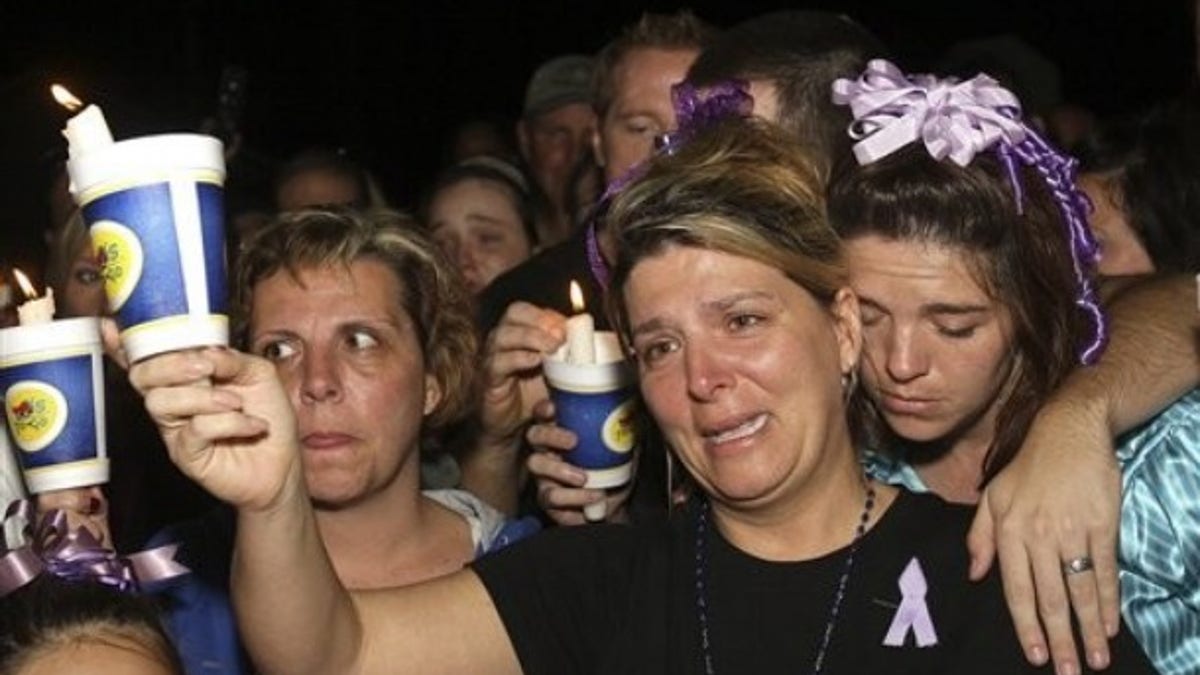
AP
When we heard the news about Somer Thompson's body being found in a Georgia landfill on Thursday, a colleague said that she was going to pray for the child and her family. I responded that I would do the same. But after I said that, I thought there had to be more that all of us could do to protect our children. There’s just been too many of these kinds of horrors in the news and an important innocence –childhood innocence— is at stake.
I believe prayer is helpful for Somer’s family and Somer herself, but I also believe that prayer can give us a necessary “time out” from which to consider what exactly is going on in our world and our communities today. Why the loss of innocence and more important what we can do about it.Bottom line: why can’t kids safely walk to school anymore?
First, we have to ask question, could they ever?
I remember as a kid growing up in Queens in the early 1960s. There was a child killer on the loose. The manhunt captured the city for weeks. After he was caught, life went on for me and my friends, but the first life lesson learned was to be careful who you talk to no matter how nice they appear to be.
So in a way, violent reality threatening children isn’t new. But I think all of us can agree –and the crime statistics back this up— the rate and horrific nature of crimes against children is much worse than when many of us were kids and it’s changing the way childhood is lived for the worse. Even after we heard about that child killer, we were more careful, but our innocence was still intact.
Today we often hear the talking head lawyers speak to the issue of the rights of the accused with little consideration to the rights of the victim(s). As a research trained psychologist, I understand their argument, but also understand that if a killer was a one-time child molester, the probability that they will engage in that behavior again is greater than 68 per cent.
So first we have to agree that the danger is out there and ask what we can do to protect the potential victims.
For starters, a blue-ribbon commission of behavioral scientists and criminologists should be established to study this abhorrent behavior and recommendations made on how best to protect our children from these type of crimes. The science needs to drive this one. If there really can’t be a “cure” to this behavior then we have to face the fact that our criminal justice system must make new provisions to accommodate the psychological reality of these perpetrators.
But more important, child protection should be a national effort from the top down and the bottom up.
Surely in these divided times, we can still come together as a nation to protect our children and build stronger communities. What better way than for communities to organize child-protection efforts and our community-organizer-in-Chief to make an America where kids can safely walk to school again a presidential priority? Let’s use our anger and our sadness at this latest tragedy to do something genuinely positive for our nation.
Even after we’ve made serious inroads against this problem, we’ll still have to face the fact that the world will never be 100% safe. This doesn’t mean that childhood innocence has to be lost. The second step after making things safer is to actively restore some degree of innocence to our children and communities through making innocence a priority.
The news media has a stake in this, since our innocence is also dependent on what we focus on. If the focus is always on the horror then childhood innocence will have a difficult time thriving.
Moreover, with concerted community involvement and this kind of national emphasis, in time kids can be preserved from losing their innocence to soon and have safer communities in which to grow.
But in praying and acting for this end, we also have to be grateful for what we can learn from kids: innocence, optimism and faith are harder to defeat than we adults often think.
John Tantillo is a marketing and branding expert and founder of the Marketing Department of America.
